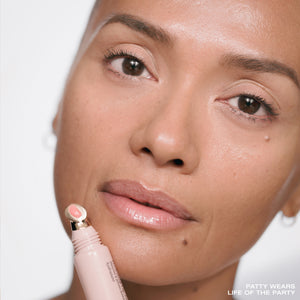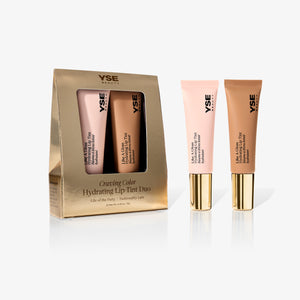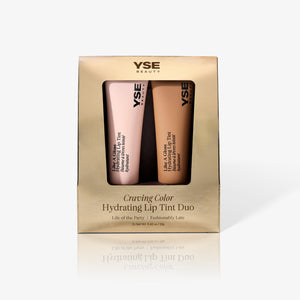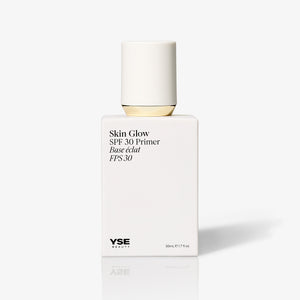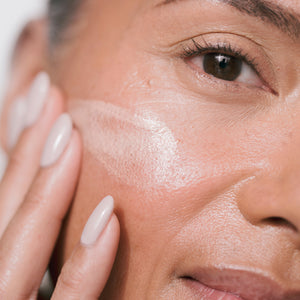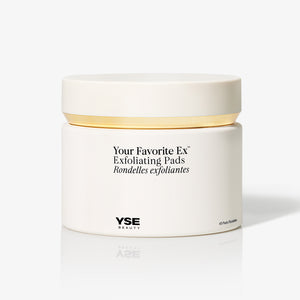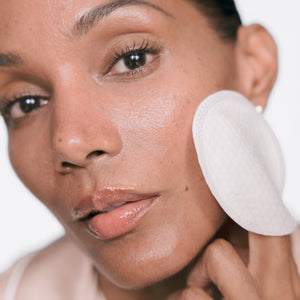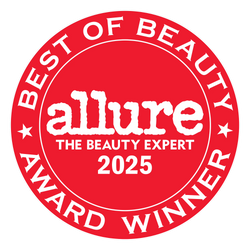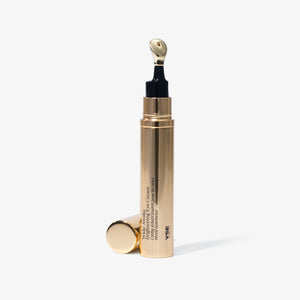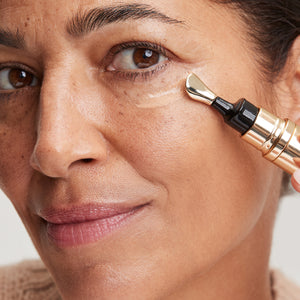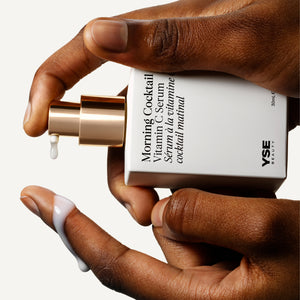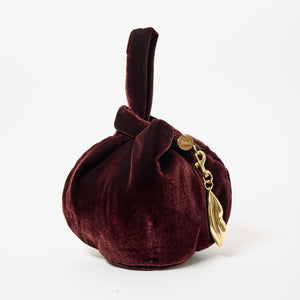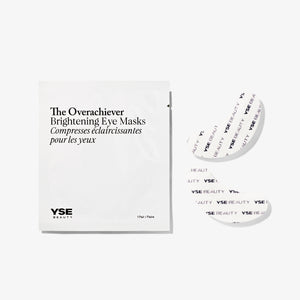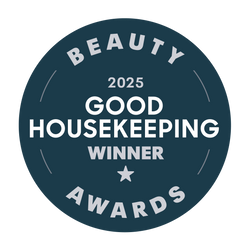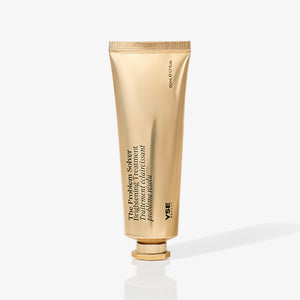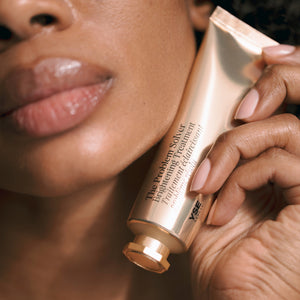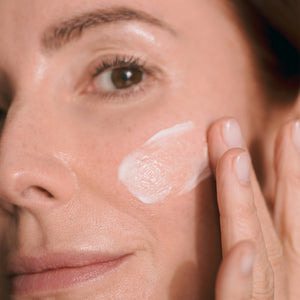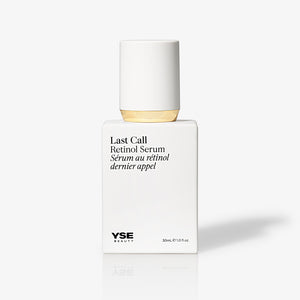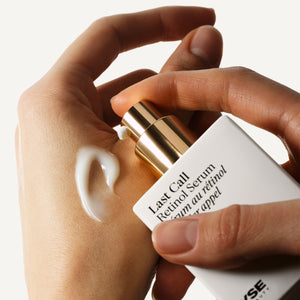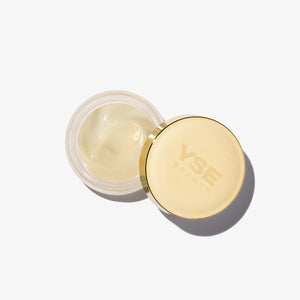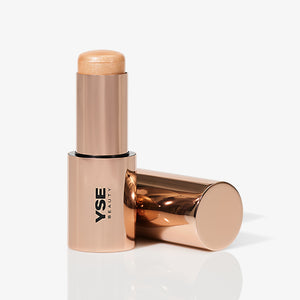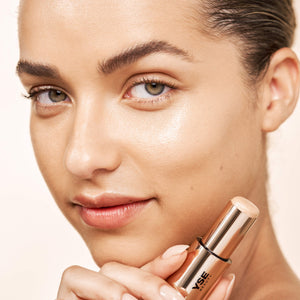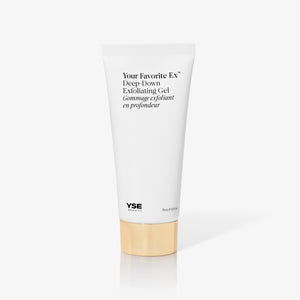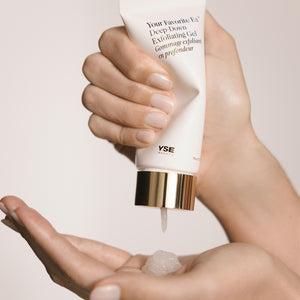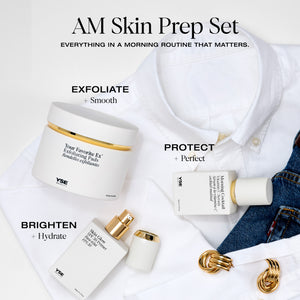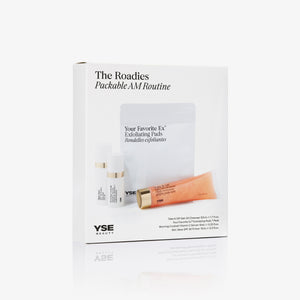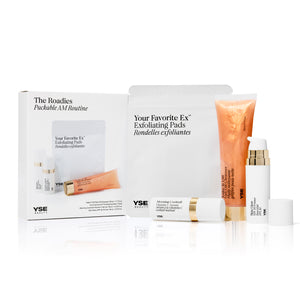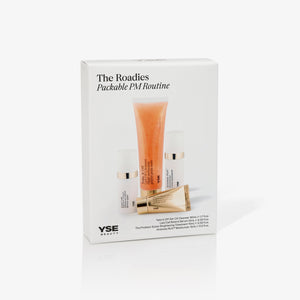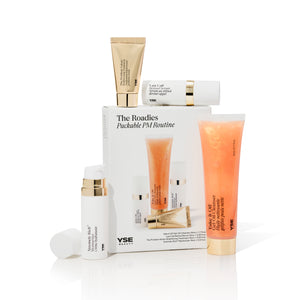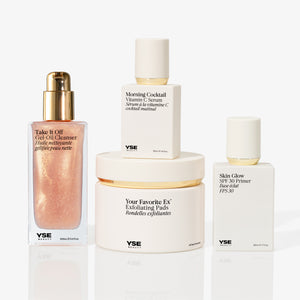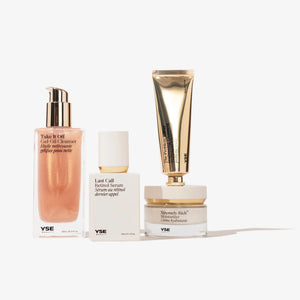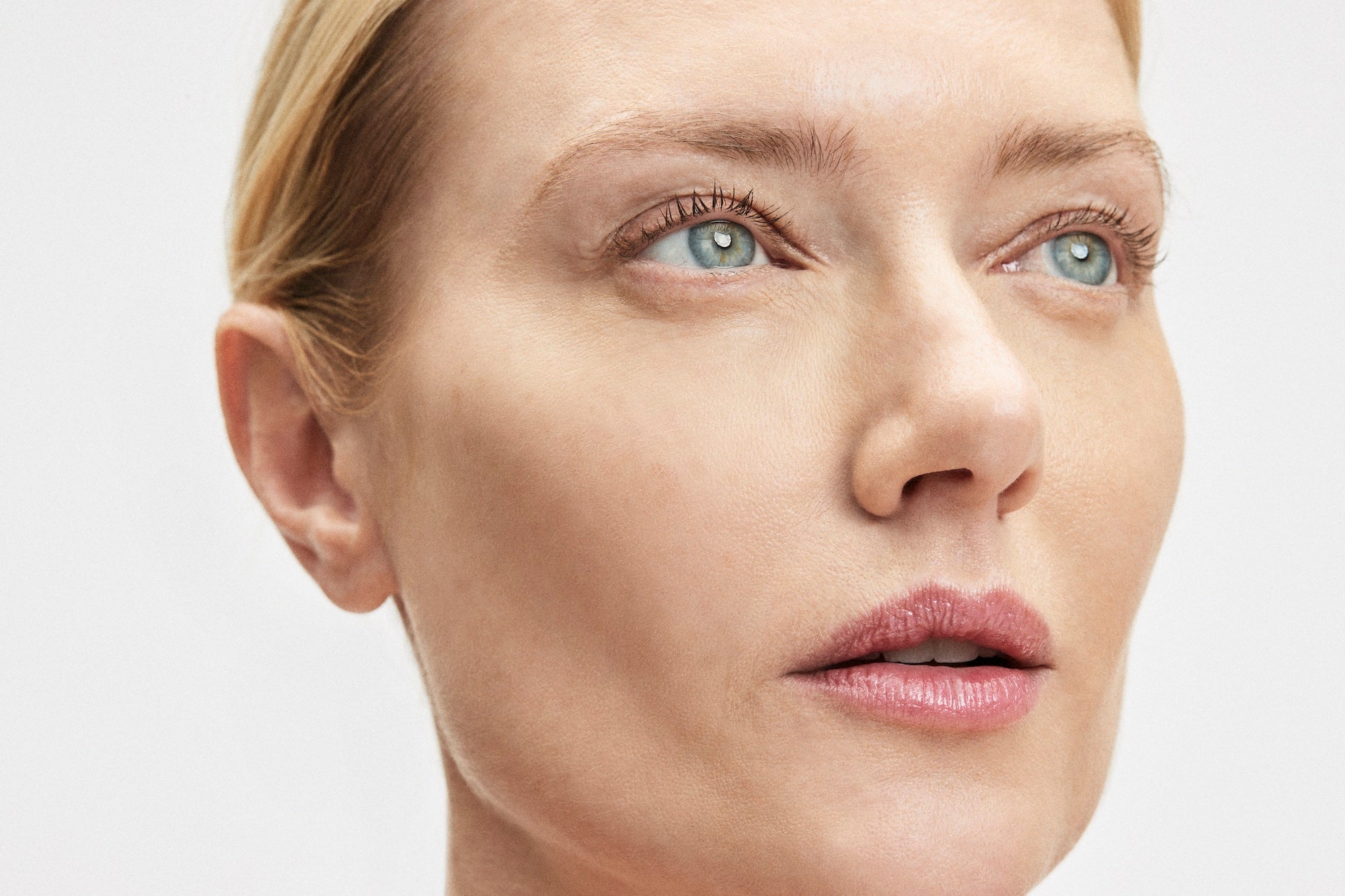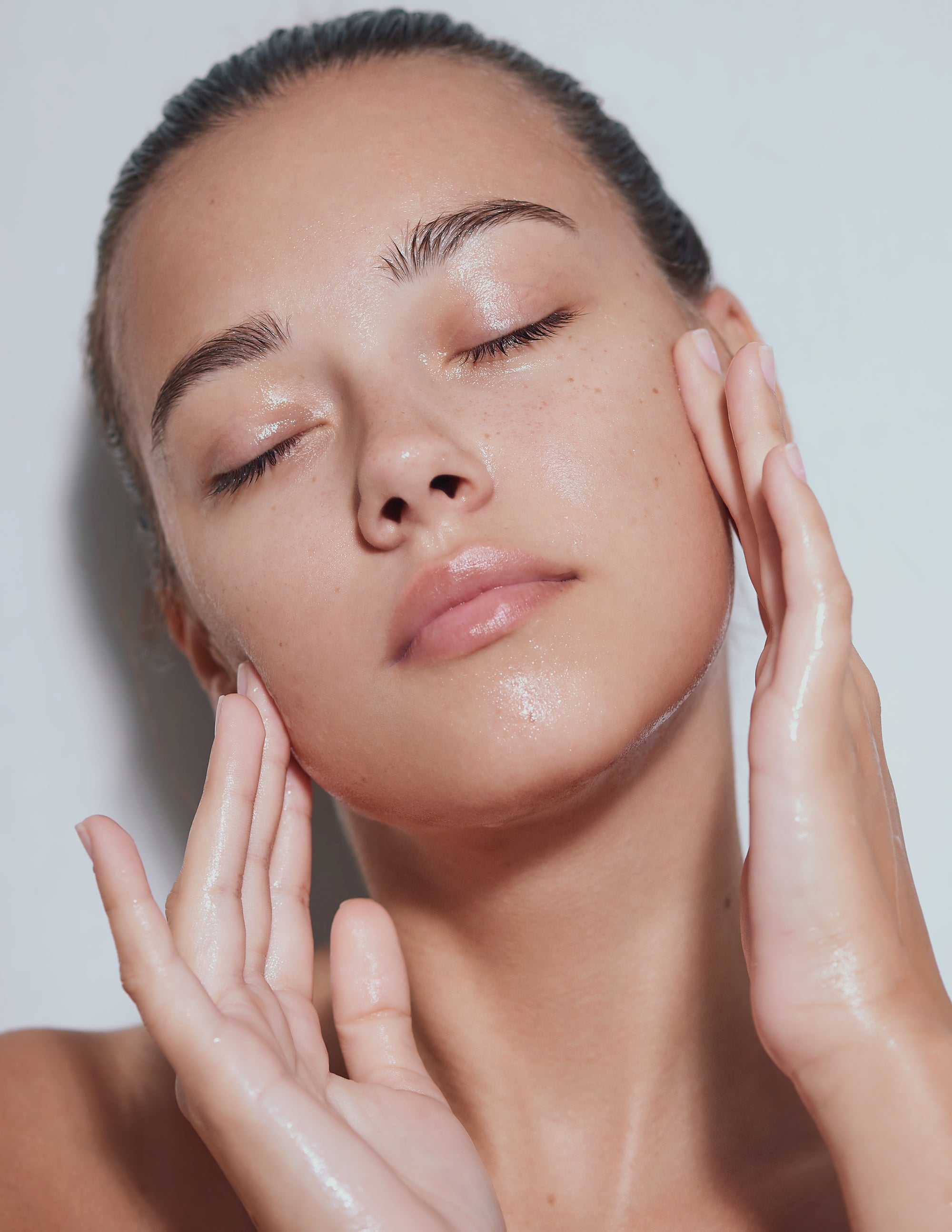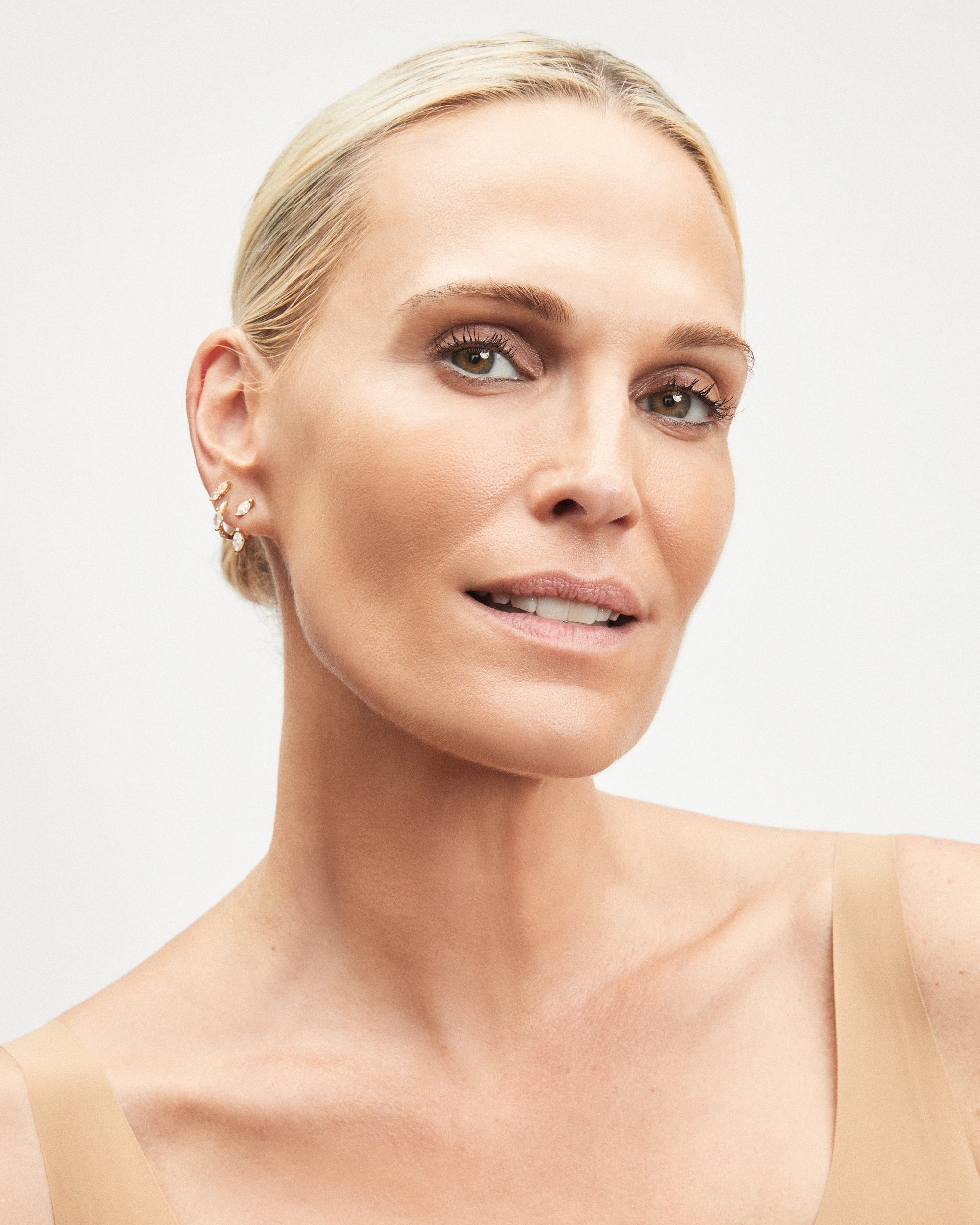Have you tried every serum and mask, but your skin still feels stagnant and dull? You probably need to exfoliate. Welcome to exfoliating 101—where we break down its importance, how to exfoliate skin, and ways to instantly revive your outer layer.
If you’re new to exfoliation, think of it as the deep-cleaning aspect of your skincare routine. Your daily cleanser helps rid the skin of makeup, oil, and surface-level dirt that accumulates over the course of the day. An exfoliator, though, works to remove dead skin cells and build-up that increases over time. The end result? Skin that feels smoother and looks more radiant. The added bonus? Exfoliating makes your skin absorb serum and cream formulas better, while also better allowing your makeup to set onto the face. This is due to the fact that once the top layer of skin is removed, products are more able to penetrate the skin, which can give your complexion a healthy, bright glow. If you’re wondering how to get on the road to radiance, you've come to the right place.
Exfoliation 101
Simple and straightforward – Exfoliation is the process of removing dead skin cells from the outer layer of your skin. It’s the process that essentially gives your skin a clean slate. It helps buff away dead skin cells and leaves skin looking smoother and more radiant.
But, it’s not a foolproof operation. If done improperly, it can do more harm than good. You don’t want to exfoliate too aggressively, or frequently, because doing so can lead to increased redness or acne breakouts.
There are two main methods for at-home exfoliation—physical and chemical—and the method you choose can be guided by your skin type. Physical exfoliation uses the act of gentle abrasion, such as with a scrub, polish, or washcloth, to physically remove dead skin cells. Whereas, chemical exfoliation, as the name suggests, uses hydroxy acids to gently dissolve dead skin cells.




























